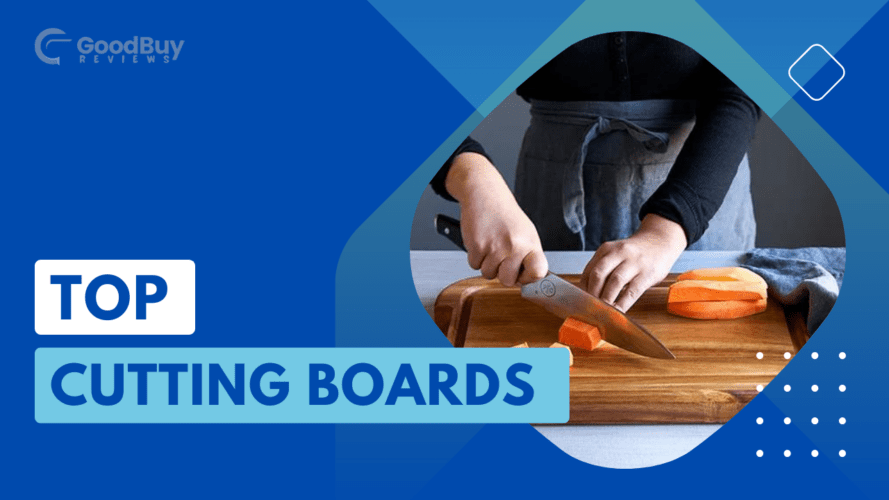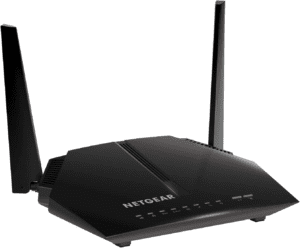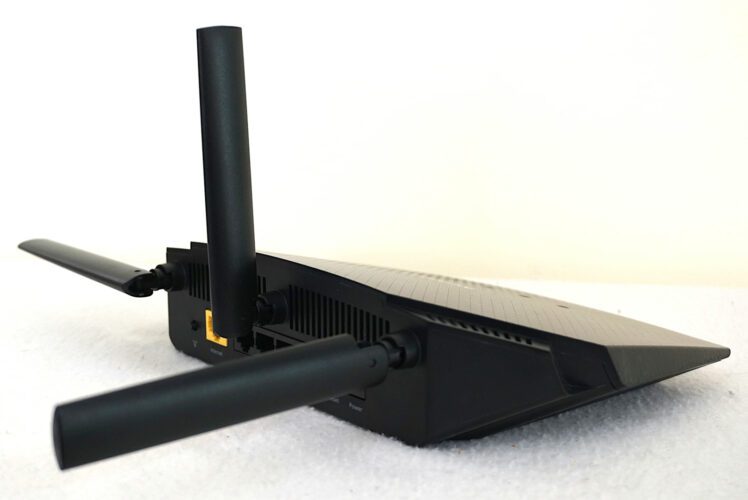A Detailed Analysis of the Best Cutting Boards: Our Top Picks After Rigorous Testing

Introduction
When it’s time to chop, dice, or slice, the surface you use makes all the difference. Not only does it impact your cutting experience, but also the longevity of your knives and the hygiene of your food preparation. That’s why we’ve taken the time to thoroughly test a variety of cutting boards to guide you to your perfect kitchen companion.
What Makes a Great Cutting Board?
A top-notch cutting board is a blend of durability, knife care, ease of maintenance, and safety. The ideal board will stand up to daily use, protect your blades from dulling, resist stains and odors, and prevent bacteria from taking hold.
Types of Cutting Board Materials
Wood Cutting Boards
Wood is prized for its natural beauty and durability. Hardwoods like maple provide a solid cutting surface that won’t dull knives quickly. Wood’s ability to self-heal from minor cuts helps to prevent bacteria buildup.
Plastic Cutting Boards
Plastic boards offer versatility and are often dishwasher-safe. High-density polyethylene (HDPE) and polypropylene (PP) are popular as they’re FDA-approved for being less prone to harboring bacteria.
Bamboo Cutting Boards
Bamboo boards are a sustainable choice with a hard surface. They’re naturally antimicrobial and can resist moisture better than traditional wood, making them a healthy option.
Glass/Stone Cutting Boards
Although not as kind to knives, glass and stone boards are the epitome of hygiene. Nonporous surfaces ensure there’s no place for bacteria to hide, and they clean up sparklingly with minimal effort.
Best Cutting Boards for Knife Health
End-Grain Wood Boards
End-grain wood boards are gentle on knives. The wood fibers absorb the blade, reducing wear and tear, and the self-healing nature minimizes groove formation where bacteria can grow.
Plastic Boards
While they may dull knives over time, quality plastic boards can be a good alternative. Look for ones that are dense enough to avoid deep scratches where bacteria can accumulate.
Synthetic Rubber Boards
Synthetic rubber boards are gaining popularity. They offer a soft surface that’s easy on knives and typically boast antimicrobial properties, though they may not have the aesthetic appeal of wood or bamboo.
Top Picks from Our Testing
Best Overall Cutting Board
After extensive testing, the Sonder LA Winsome Cutting Board has come out on top. Its walnut construction provides an excellent balance between durability and knife care, making it a favorite among chefs and home cooks alike.
Runner-Up Cutting Board
The OXO Good Grips Utility Cutting Board is our runner-up. This plastic board is easy to sanitize, light to handle, and durable enough for everyday use without compromising too much on knife edges.
Budget-Friendly Option
For those watching their wallets, Ikea’s bamboo butcher block is a fantastic choice. It offers the resilience of bamboo at a price point that’s hard to beat.
Specialty Cutting Boards
We also tested specialty boards like the Stella Falone reversible ebony board for heavy-duty tasks and found it unmatched in both performance and style.
Pros and Cons of Different Cutting Board Materials
Wood vs. Plastic vs. Bamboo
Wooden boards are long-lasting and kind to knives, but require more maintenance. Plastic is low-maintenance and affordable, yet can be tough on knives. Bamboo strikes a balance with sustainability and hardness, though it may not last as long as hardwoods.
Durability and Maintenance
Durability varies across materials, with end-grain wood often lasting the longest with proper care. Maintenance is another consideration; some materials require oiling, while others are dishwasher-friendly.
What to Look for When Choosing a Cutting Board
Size and Thickness
Consider the size and thickness based on your kitchen space and cooking needs. A thicker board will be sturdier and more durable, but also heavier and possibly more cumbersome to store.
Knife-Friendliness
A board that’s too hard can dull knives quickly, while one that’s too soft may be damaged easily. Find a middle ground to keep your knives sharp and your board in good shape.
Ease of Cleaning
Look for nonporous surfaces or materials that can withstand high heat if you prefer dishwasher cleaning. Wooden boards will need handwashing and occasional oiling to maintain their integrity.
Conclusion
Final Thoughts on Choosing the Perfect Cutting Board
Your ideal cutting board should match your cooking habits, knife care routine, and hygiene standards. Consider our top picks and tips to find a board that feels like it was made just for



